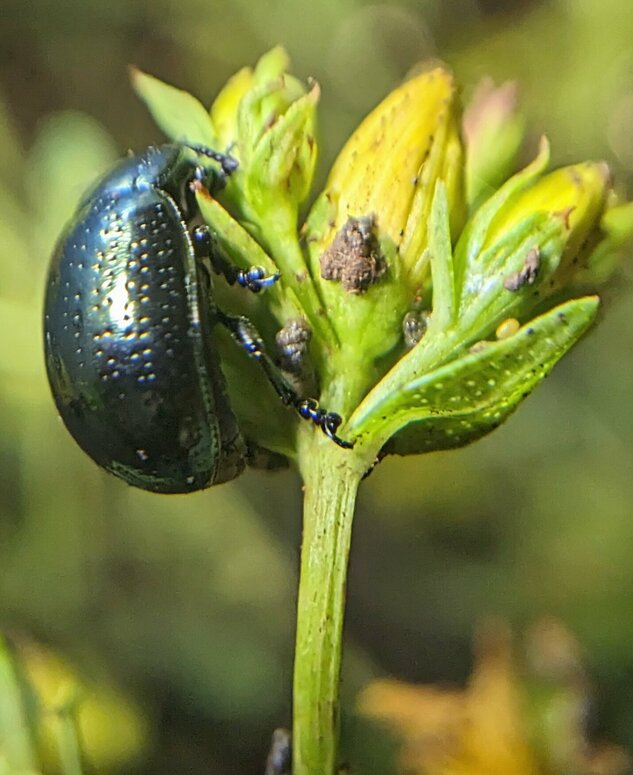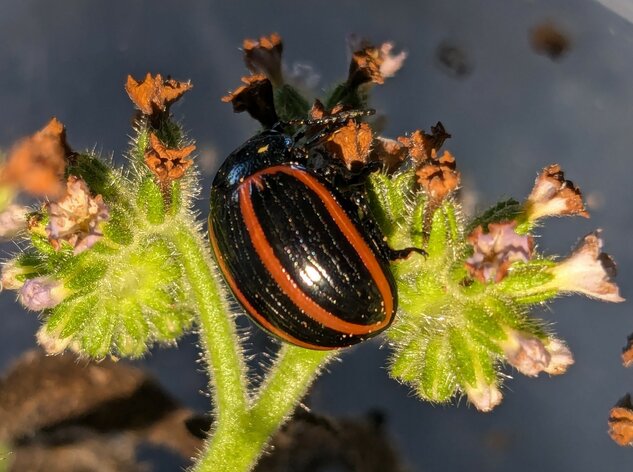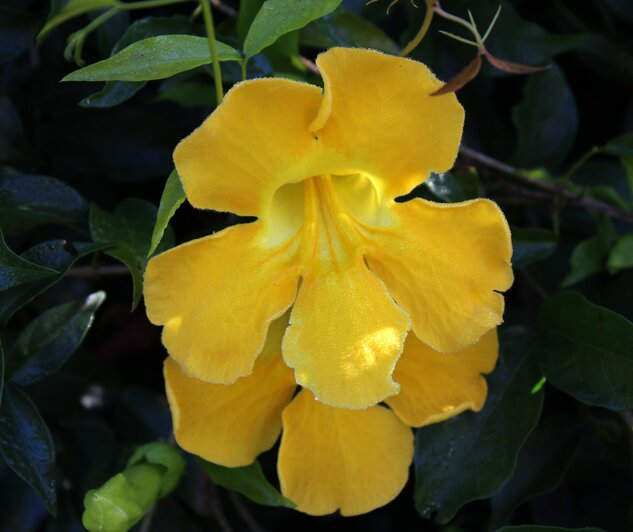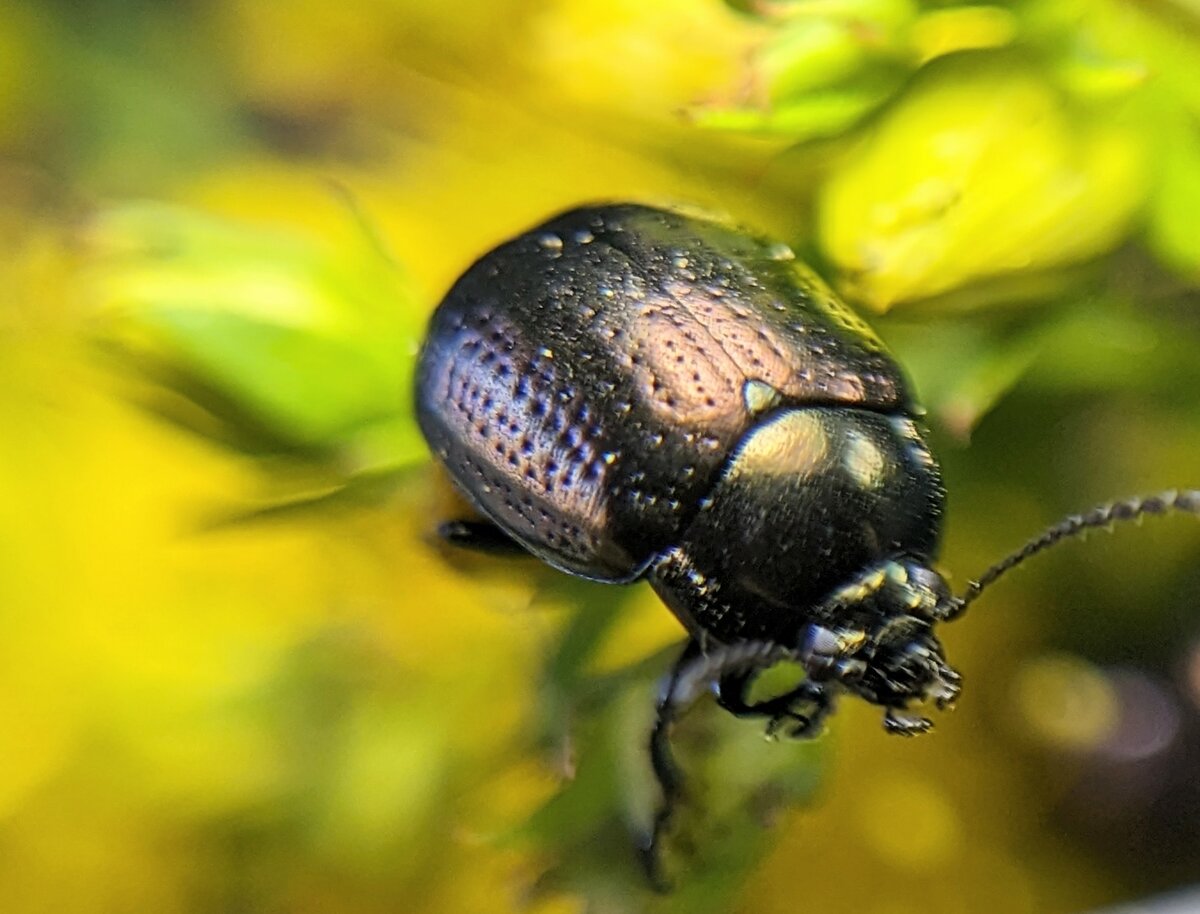Weed Biocontrol Insects in Australia
The biocontrol of weeds with introduced insects has been established as an effective part of the overall integrated management approach for invasive weeds. In some situations, such as environmentally sensitive areas and difficult to reach terrain, it may be the only option.
Many of our worst agricultural and environmental weeds have begun as ornamental plants (that subsequently escape the garden), been accidently introduced in imported products or even been brought in as fodder plants. Being foreign to this continent, they may not have any natural enemies, making them an even more formattable foe.
The history of using natural biocontrol agents to manage weeds began in Australia in around 1903 with the research and subsequent introduction of several insects and pathogens for Opuntia monacantha, the smooth tree pear (a cactus).
Perhaps the most famous of the early releases is the moth Cactoblastis cactorum, which is credited with saving over 25million hectares of heavily infested farmlands from prickly pear and still works through isolated patches of the weed that sometimes emerge.
Since then, it has been estimated that over 300 insects and pathogens have been released in Australia for biocontrol of important agricultural and environmental weeds. Biological control has proved to be a valuable and effective approach to weed management in Australia with 39% of all programs considered to produce complete or near-complete control, 30.5% partial control and an average benefit–cost ratio on the investment made of 23:1.







